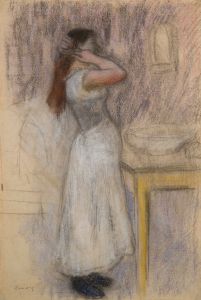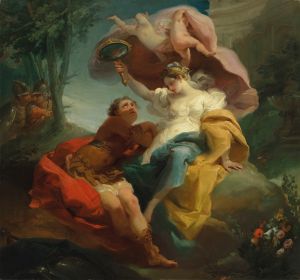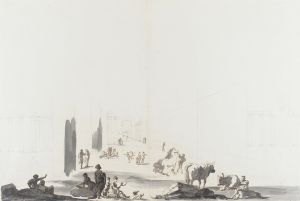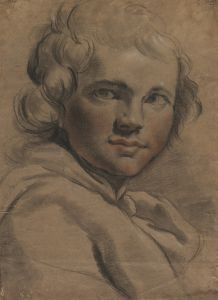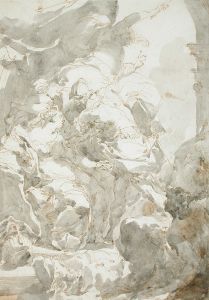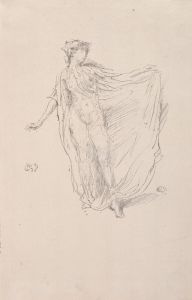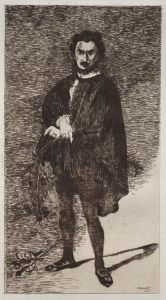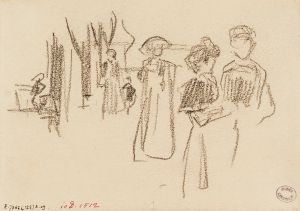
Head Of A Young Woman
A hand-painted replica of Gaetano Gandolfi’s masterpiece Head Of A Young Woman, meticulously crafted by professional artists to capture the true essence of the original. Each piece is created with museum-quality canvas and rare mineral pigments, carefully painted by experienced artists with delicate brushstrokes and rich, layered colors to perfectly recreate the texture of the original artwork. Unlike machine-printed reproductions, this hand-painted version brings the painting to life, infused with the artist’s emotions and skill in every stroke. Whether for personal collection or home decoration, it instantly elevates the artistic atmosphere of any space.
Gaetano Gandolfi (1734–1802) was an Italian painter and draughtsman, renowned for his contributions to the late Baroque and early Neoclassical periods. He was part of the prolific Gandolfi family of artists, which included his brother Ubaldo and his son Mauro. Gaetano Gandolfi's works are celebrated for their dynamic compositions, vibrant colors, and expressive figures, which often drew inspiration from the Bolognese tradition and the works of earlier masters such as Ludovico Carracci and Guercino.
"Head of a Young Woman" is one of Gandolfi's notable works, exemplifying his skill in capturing the delicate features and expressions of his subjects. This painting, like many of his portraits and studies, reflects his keen interest in human physiognomy and emotion. The artwork is characterized by its soft brushwork and the subtle play of light and shadow, which bring a sense of life and immediacy to the subject's face.
The painting depicts a young woman with an introspective expression, her head slightly tilted, and her gaze directed away from the viewer. The composition focuses closely on her face, allowing Gandolfi to explore the nuances of her expression and the texture of her skin and hair. The background is typically kept simple, ensuring that the viewer's attention remains on the subject's features.
Gandolfi's technique in "Head of a Young Woman" demonstrates his mastery of chiaroscuro, the use of strong contrasts between light and dark to achieve a sense of volume and three-dimensionality. This technique, which was popularized by artists such as Caravaggio, allows Gandolfi to create a lifelike representation that captures both the physical beauty and the inner world of the young woman.
The painting is also indicative of Gandolfi's transition from the ornate and dramatic style of the Baroque to the more restrained and classical approach of Neoclassicism. While retaining the emotional depth and dynamism of Baroque art, Gandolfi's work in this period often exhibits a greater emphasis on clarity, harmony, and proportion, aligning with the Neoclassical ideals that were gaining prominence in Europe during the late 18th century.
"Head of a Young Woman" is housed in various collections, reflecting its enduring appeal and the recognition of Gandolfi's talent. His works are part of numerous public and private collections, where they continue to be studied and admired for their technical brilliance and emotional resonance.
Gaetano Gandolfi's legacy as an artist is marked by his ability to blend the dramatic flair of the Baroque with the emerging sensibilities of Neoclassicism, creating works that are both visually striking and deeply expressive. "Head of a Young Woman" stands as a testament to his skill in portraiture and his enduring influence on the art world.





